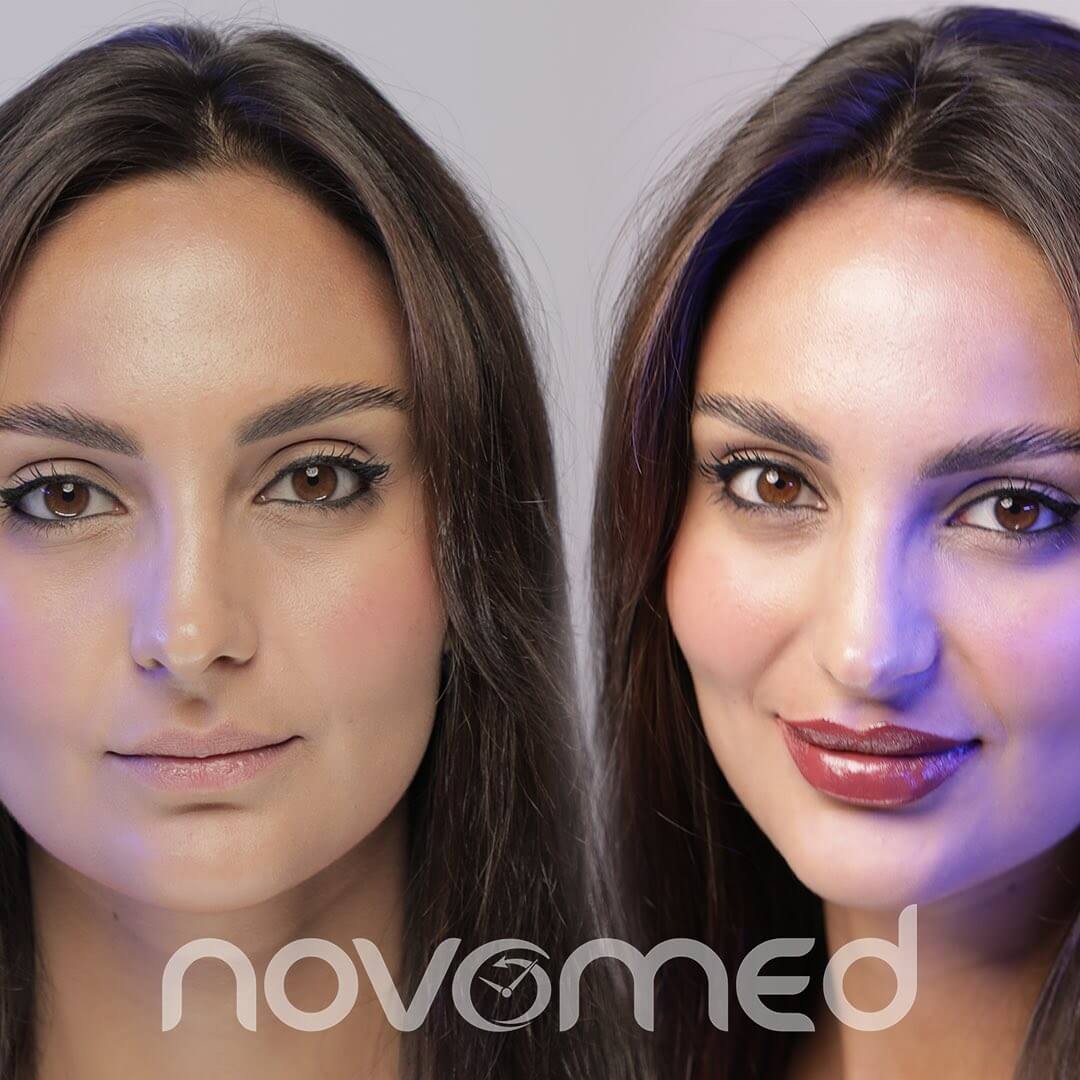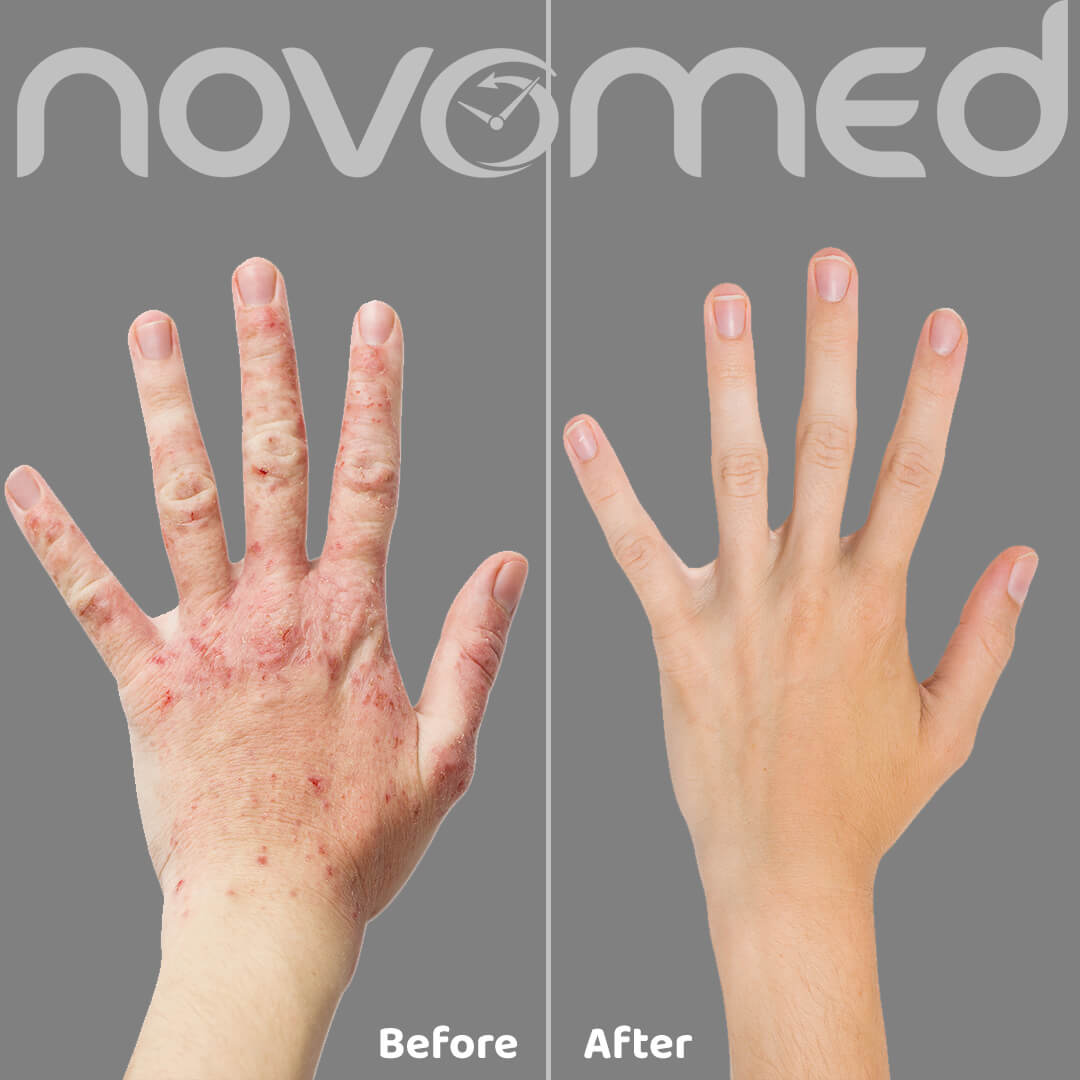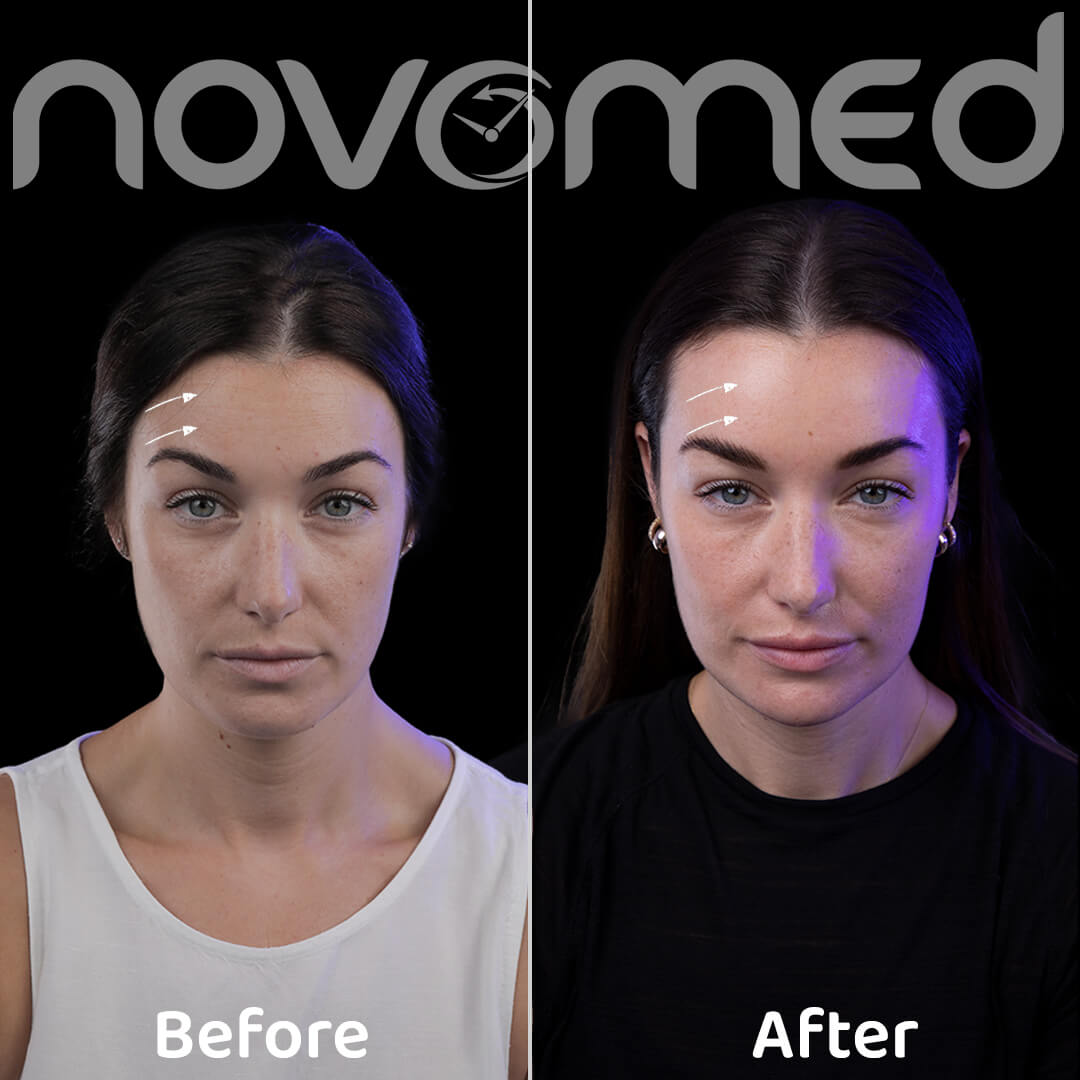Usually, insects that generate allergic responses are stinging insects, such as wasps, bees, hornets and ants, or biting insects, such as ticks, mites and mosquitoes. While stinging insects inject venom into those they sting, biting insects normally introduce anti-coagulants into their victims’ bodies. In addition, people have allergic reactions to the droppings and dander of insects such as cockroaches and dust mites.
Most people are not allergic to insect venom, but the pain from being stung might cause them to mistake a normal reaction for an allergic reaction. Examples of normal reactions to a sting include pain, swelling and redness confined to the sting site. Normal insect bite treatment such as applying an ice pack to the swelling will help alleviate the pain. An allergic reaction is much more serious though, and requires urgent medical attention.
Click on the relevant section below to find more info for the various types of insect allergies, including the black (samsum) ant sting,considered to be a health hazard in the UAE.
Types of Insect Allergies
Cockroachs
People who experience an allergic reaction to cockroaches are actually reacting to what these insects have left behind: their droppings and the remnants of their dead bodies. Symptoms include red, watery or itchy eyes; sneezing; congestion; a runny nose; and an allergy cough.
The first step in reducing allergic reactions is to reduce your exposure to cockroaches. If you have an infestation at home or at work, your building should employ pest control options such as traps and safe pesticides. You should also discourage cockroach infestation by ensuring that all dishes are washed immediately after every meal and don’t leave food out in an open container. Keep cupboards and floors free of food debris.
If these and other measures do not alleviate your symptoms, you can be treated with allergy medications and/or Immunotherapy shots. Our specialists will be able to identify your cockroach allergy through tests and discuss the best approach with you.

Dust Mites
It is impossible to see dust mites without a microscope, but there presence can be felt in the form of allergic symptoms. Signs of dust mite allergy include sneezing and a runny nose, as well as signs of asthma, such as wheezing and difficulty breathing. Dust mites are closely related to ticks and spiders and eat skin cells shed by humans. They thrive in warm, humid environments. Carpeting, bedding and upholstered furniture provide an ideal environment for them.
A dust mite allergy is actually a reaction to the mites’ feces, which are small and become airborne easily. There are steps you can take to reduce the number of dust mites in your home, and through implementing these you could get control of your allergy.

A good step to take, for example, is to wash your bedding and clothing in hot water regularly. Also, use a mattress encasement or cover as a barrier between yourself and the dust mites that live in your mattress. You could try using an air purifier, too, to reduce the dust levels in your environment.
Our specialists will be able to give you advice about medications or other treatments that are sometimes necessary to relieve the allergy symptoms and manage asthma.
Stinging Insects
Symptoms of an allergic reaction, as opposed to a normal response, to an insect sting include:
- Vomiting, abdominal cramps, intense nausea or diarrhea
- Itching or swelling in areas other than the sting site
- Difficulty breathing and/or tightness in the chest
- Swelling of the tongue or throat, or difficulty swallowing
- Anaphylaxis, an extremely severe allergic reaction that can be life-threatening. Symptoms can include a sharp drop in blood pressure, unconsciousness or cardiac arrest. A dose of epinephrine (adrenaline) and immediate medical attention are required.

People who have had an allergic response to an insect sting have a 60% chance of a similar or worse reaction if they are stung again. If you suspect you are allergic to an insect sting, or if you have experienced a reaction to an insect sting, you should speak to one of our allergy specialists.
In the UAE, the black (samsum) ant sting is considered to be a health hazard. Ant allergy reactions can range from mild to severe respiratory symptoms including hoarseness, wheezing and a spasmodic cough; skin symptoms such as urticaria (hives) and angioedema (painful or itchy swelling); gastrointestinal symptoms; and neurological symptoms; to the most severe life-threatening anaphylaxis, with swelling of the airways, low blood pressure (hypotension), bronchospasm and shock. Treatments include antihistamine and steroid injections, and patients with an allergy to black ants should carry an Epipen with them at all times. But, most importantly, they should be desensitized to the black ant through a series of allergy shots (allergy vaccine/immunotherapy), which will protect against future reactions.
A possible treatment to consider is venom Immunotherapy, a series of shots to desensitize you to the venom, so that any future stings should not cause as severe a reaction. Our allergy specialists will be able to determine whether this is the most suitable solution for you based on your allergic response and lifestyle factors.

























